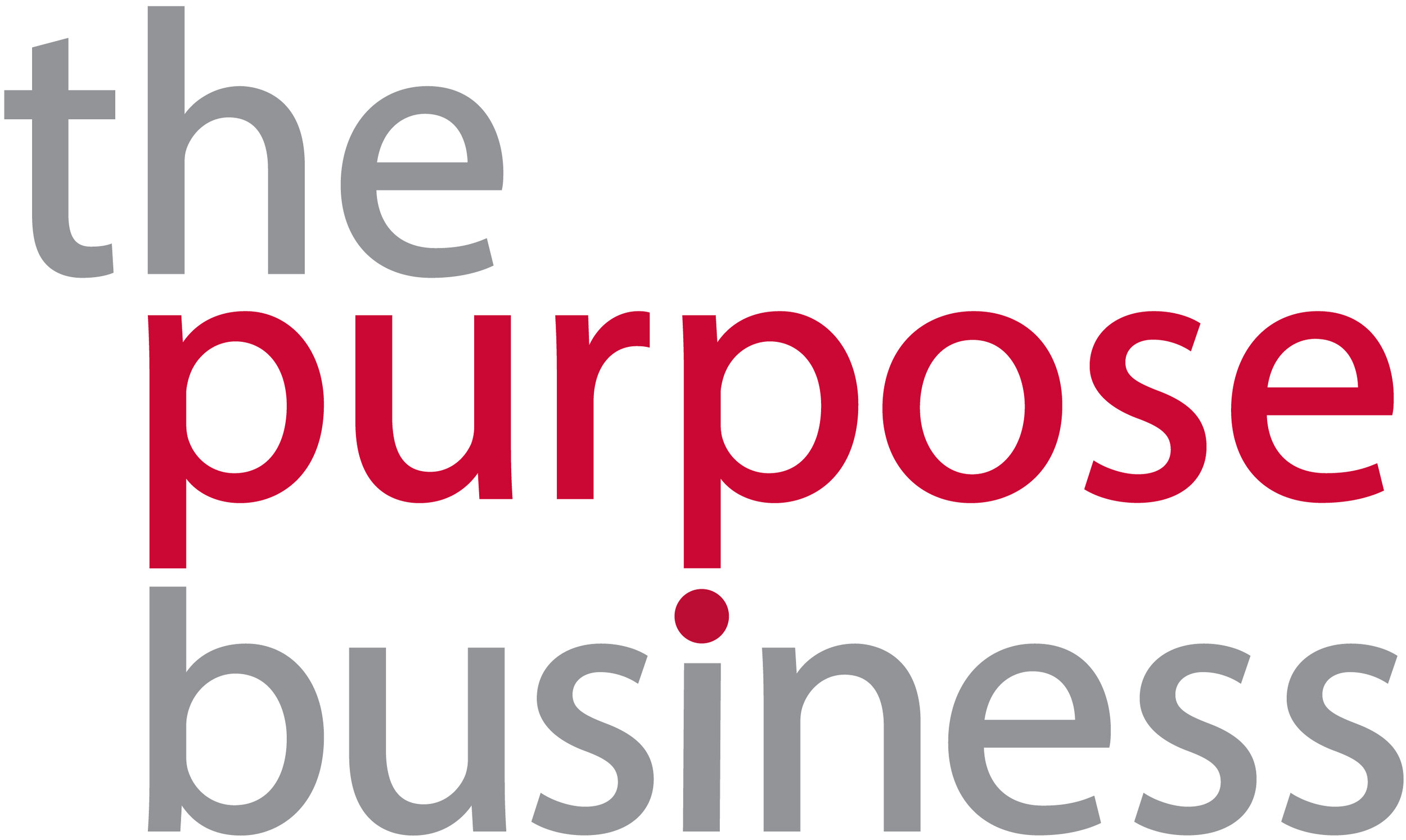Build it, and they will come
Founder & Director Pat Dwyer on the new GRI standards and how they can be better for business.
The Global Reporting Initiative (GRI) has always been a trailblazer. They built the reporting guideline that got us all tracking and moving through application levels A, B and C and by the time it was enhanced to the current GRI G4 Guidelines we now know, there have been over 4,000 companies reporting accordingly.
A few months ago, they launched the latest iteration, simply called GRI Standards. Like a new iPhone, plenty more reviews sprung, one even emphasised that this isn’t a G5 permutation, hinting that it is a better, stronger more fortified “G4+” version.
At The Purpose Business, we immediately turned to our clients. They were just as curious about the change as we were, but perhaps more prudent about taking it on given the transition period until 1 July 2018. However, there were also some who knew that they were headed this way anyway, and viewed early adoption as a means to prepare. Here’s what we have learned:
1. GRI Standards speaks business
If GRI were learning a new language—one called Business—it is now a student that has gone from the advanced level to that of fluency. The reorganisation of the universal standards (e.g. GRI 101 – Foundation, GRI 102 – General Disclosures and GRI 103 – Management Approach) provides greater ease and alignment with companies’ core issues: how they relate to business strategy, operational limitations, and future planning.
Having said that, it must be pointed out that in order to apply GRI 103 – Management Approach well, companies must ensure it is specified for every topic Standard disclosed This can be an onerous task, simply because some topics will require organisations to have a readily accurate picture of their position on the value chain and be prepared to disclose it to that level of detail. For example, in addressing boundary, Company A must describe where impacts occur in say, the topic of occupational health and safety (OHS).
If Company A works with various contractors and agencies, it must describe the OHS impacts across these third-party actors. GRI Standards states that “In situations where the organisation does not have leverage over the entities that cause or contribute, to these impacts, the organisation is still expected to report on these impacts and how it has responded to them.”. We definitely welcome this development, as we all want to hold corporations accountable. However, this is also going to be challenging for many organisations to disclose, because they may see it as a risk- something that may open them up to scrutiny.
2. Materiality comes purposefully
We celebrate the fact that the materiality principle now front and centre, sitting in GRI 101 – Foundations. This requires companies to accept that materiality assessment is a necessity, along with a robust stakeholder engagement. To the surprise of many, a number of well-established companies still do not view materiality as an integral process to reporting. There are a myriad of reasons ranging from a posture of blind confidence (“we alone know our business well, and we know what are material issues are”) to not seeing the business value of interviewing stakeholders (“suppliers will always want to be paid more or customers will always look for the cheapest alternative”). We all know that when stakeholder engagement is done strategically, it informs materiality purposefully—and leads to an effective strategy- beyond simply reporting annually.
We observe that GRI is hinting on going beyond the traditional X-Y axes depiction of materiality (see Figure 3 GRI 101 Foundation page 11). It recognises that “a combination of internal and external factors can be considered when assessing whether a topic is material… including broader societal expectations, by the organisation’s influence on upstream entities, such as suppliers, or downstream entities, such as customers and assessments of materiality are also expected to take into account the expectations expressed in international standards and agreements with which the organisation is expected to comply.” We look forward to seeing how companies apply the true spirit of this invitation, as it won’t be simple to do. There are many very concrete examples of material issues that fall on the wayside because they have not been raised as much by stakeholders. For example, high or low budget airlines who need to conform with international industry regulations or globalising companies that need to comply with local domestic laws may have to include these in their materiality boundaries.
3. It’s all about writing meaningful reports
In markets like Hong Kong where compliance is the prime driver of reporting, the ‘with reference to’ criteria is definitely welcomed. It takes the unwarranted pressure of chasing disclosures against a fix number of indicators while keeping the whole reporting process meaningful and accurate. Given an understanding of materiality, companies can further select to report on the 33 topic-specific ESG standards under the GRI 200, 300, 400 series, whether they be on anti- corruption, effluents and waste, labour or local communities or customer privacy. This forces companies to move away from the checklist-ticking, template-approach as they now need to write a report with and for a purpose. It merits asking and answering questions such as what makes a “good” report? Who is our main audience for this report?
Overall we find that the restructuring and modular approach attests to GRI’s better understanding of the uneven user experience over the years. GRI Standards will be appealing to novice reporters as it is strategic to long-time disclosers. With all the tools and templates already available, companies that are preparing their 2016 Sustainability Reports now should definitely look at early adoption of the GRI Standards.
First published on https://www.linkedin.com/pulse/build-come-pat-gallardo-dwyer, 3 March 2017.










